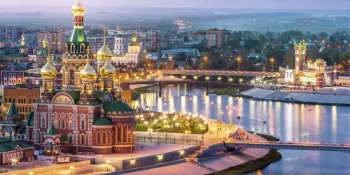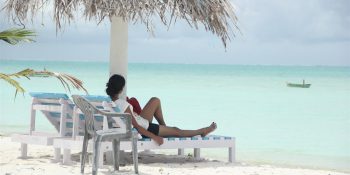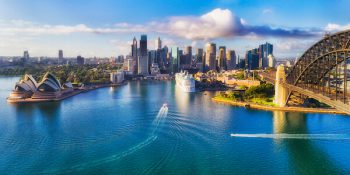The Andaman and Nicobar Islands, nestled in the Bay of Bengal, boast a rich biodiversity that includes a plethora of exotic flora and fauna. These islands, known for their stunning natural beauty, are home to unique species that have evolved in isolation over millennia. From lush tropical rainforests to vibrant coral reefs, the Andaman and Nicobar Islands offer a diverse ecosystem that supports an array of fascinating plants and animals.
The islands’ flora is characterized by dense forests dominated by towering trees, many of which are endemic to the region. One such example is the Andaman Padauk (Pterocarpus dalbergioides), a majestic tree known for its vibrant red timber. Another notable species is the Nicobar Megapode (Megapodius nicobariensis), a ground-dwelling bird that plays a crucial role in seed dispersal and forest regeneration. The islands are also home to a variety of orchids, including the rare and elusive Andaman Paphiopedilum (Paphiopedilum insigne), which blooms with delicate flowers of intricate beauty.
The fauna of the Andaman and Nicobar Islands is equally captivating, with several endemic species found nowhere else on Earth. One iconic resident is the Andaman horseshoe bat (Rhinolophus cognatus), a small bat species with distinctive horseshoe-shaped noses. The islands are also inhabited by a diverse array of reptiles, including the Andaman Pit Viper (Trimeresurus andersoni), a venomous snake endemic to the region. In the azure waters surrounding the islands, marine life thrives, with colorful coral reefs teeming with a myriad of fish species, sea turtles, and other marine creatures.
Among the most celebrated inhabitants of the Andaman and Nicobar Islands are the indigenous tribes who have lived in harmony with nature for centuries. These tribes, including the Jarawa, Sentinalese, and Great Andamanese, have a deep understanding of the islands’ flora and fauna, which is reflected in their cultural practices and traditions. However, their way of life is increasingly threatened by external pressures such as deforestation, poaching, and encroachment on their ancestral lands.
Conservation efforts are underway to protect the unique biodiversity of the Andaman and Nicobar Islands. Several areas have been designated as wildlife sanctuaries and national parks, providing vital habitats for endangered species. Efforts are also being made to raise awareness among local communities and tourists about the importance of preserving the islands’ natural heritage.
In recent years, ecotourism has emerged as a sustainable alternative to traditional forms of development in the Andaman and Nicobar Islands. Visitors can explore the islands’ pristine ecosystems through guided tours and nature walks, contributing to the local economy while minimizing their environmental impact. Responsible tourism practices, such as waste management and conservation education, are being promoted to ensure the long-term viability of this industry.
Despite these efforts, the Andaman and Nicobar Islands face numerous challenges in conserving their unique flora and fauna. Climate change poses a significant threat, with rising sea levels and extreme weather events endangering coastal habitats and marine ecosystems. Invasive species introduced by human activities also pose a threat to native biodiversity, competing with indigenous flora and fauna for resources.
As custodians of this fragile ecosystem, it is imperative that we take action to preserve the natural heritage of the Andaman and Nicobar Islands for future generations. By supporting conservation initiatives, practicing sustainable tourism, and respecting the rights of indigenous communities, we can ensure that these islands remain a haven for biodiversity and a source of wonder for generations to come.









